What is E-Waste?

Is e-waste clearly defined? There is no clear definition for e-waste. The term is loosely applied to unwanted consumer and business electronic equipment.
Is e-waste considered hazardous? Sometimes. Certain components of some electronic products contain materials that render them hazardous depending on their condition and density. For instance, California law views nonfunctioning cathode ray tubes (CRT) and mercury bulbs from televisions, laptops, tablets and monitors as hazardous waste.
What should I do with my e-waste? Reduce, Reuse, Recycle.
- Reduce your e-waste through smart purchasing and good maintenance.
- Reuse still-functioning items by donating or selling them.
- Recycle those products that cannot be repaired.
TVR will pick up your Electronics from your home in @pleasanton @Dublin @ San Ramon @ Livermore
Will Pick up The following
- Old CRT tube televisions
- LCD, OLED, and Plasma televisions
- LCD monitors, smart displays, and tablets
- Laptops with LCD monitors
- OLED desktop monitors, laptops, and tablets
- Computers, Computer monitors, and Printers
- VCRs
- Portable DVD players with video screens
- Cell phones and Telephones
- Radios
Managing Discarded Cell Phones
Unwanted cell phones are regulated as universal waste electronic devices in California. Under the Cell Phone Recycling Act of 2004, retailers who sell cellular telephones are required to take them back from consumers. DTSC has prepared a fact sheet that explains the provisions of this law. For information on how California is doing recycling cell phones, DTSC publishes an estimated recycling rate each year.
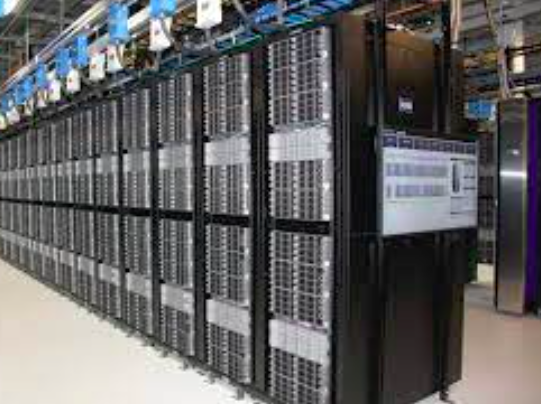
The Covered Electronic Waste (CEW) Recycling Program
The Covered Electronic Waste Recycling Program (Program) provides all Californians with convenient recycling for unwanted electronics.
CalRecycle receives and evaluates applications from prospective collectors and recyclers to participate in the Program.
Visit the Program page to find out more about:
- Program statistics;
- Current payment rates;
- Regulations and statutes concerning the Program; and
- Upcoming and recent past events.
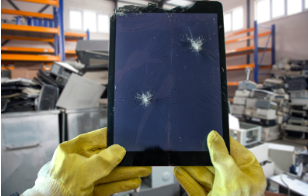
Approved Collectors and Recyclers
CalRecycle makes recovery and recycling payments to collectors and recyclers for collection and recycling of CEW.
See the Collector and Recycler Information page to find out more about requirements to participate in the program.
CalRecycle provides a database that organizations can use to find other businesses within the CEW Recycling Program.
Local Governments
Regulations governing the CEW Recycling Program contain a provision that allows a Local Government to designate an approved collector to provide its specified CEW collection services.
Manufacturers
Manufacturers of covered electronic devices are required annually to:
- Report specific information in Manufacturer Reports to CalRecycle about applicable devices that are sold in California
- Notify retailers in California of the fee requirement associated with selling these devices
- Provide information to consumers that describes where and how to return, recycle, or dispose of their devices
The Manufacturer Take-Back Payment System is also available.
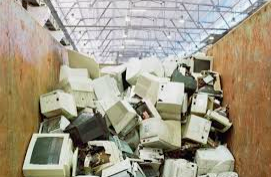
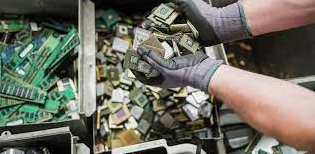
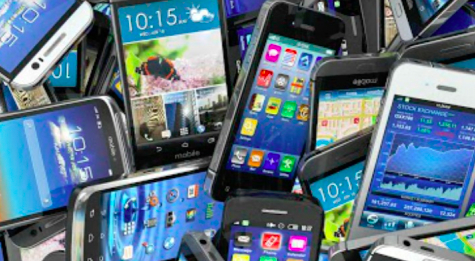
Future of Electronic Waste Management Report
The electronic waste stream is becoming more complex and is presenting challenges to the recycling industry and policymakers alike. For this reason, CalRecycle embarked on a long-term initiative to explore the future options of electronic waste management in California. The culmination of the Future of Electronic Waste Management in California project is a report with a set of policy recommendations that CalRecycle adopted at its 2018 May public meeting.
